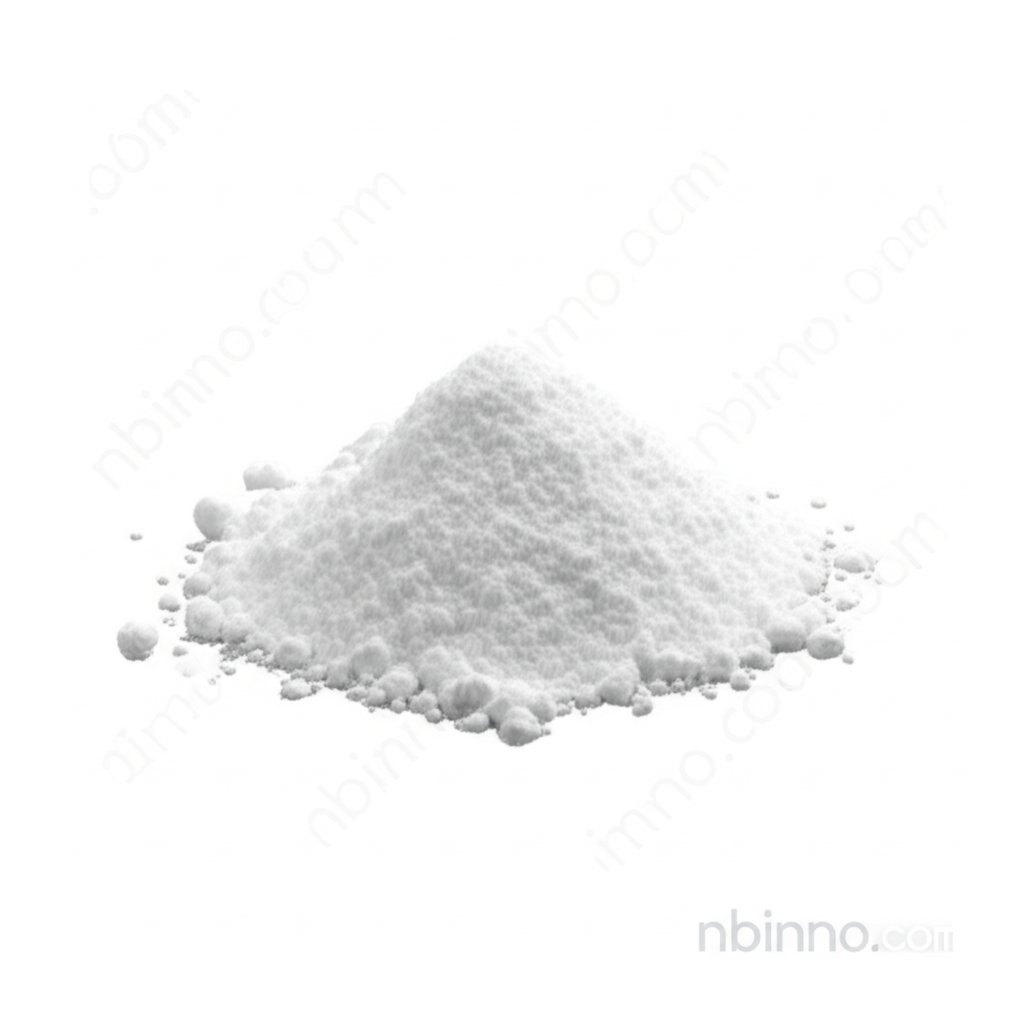High Purity 5-Chlorouracil (CAS 1820-81-1): A Key Intermediate for Pharmaceutical and Biochemical Research
Discover the crucial role of 5-Chlorouracil in advancing cancer treatment and antiviral drug development.
Get a Quote & SampleProduct Core Value

5-Chlorouracil
5-Chlorouracil is a vital pyrimidine analogue that serves as a critical component in the development of novel therapeutic agents. Its high purity makes it ideal for precise applications in pharmaceutical research and synthesis. This compound is instrumental in the study of nucleic acid metabolism and the creation of advanced treatments.
- Explore the crucial role of 5-Chlorouracil in cancer treatment, leveraging its antimetabolic properties to inhibit cell proliferation.
- Understand the applications of 5-Chlorouracil in antiviral research, where it aids in disrupting viral replication pathways.
- Learn how CAS 1820-81-1 functions as a key pharmaceutical intermediate for synthesizing complex biologically active molecules.
- Discover the utility of pyrimidine analog synthesis in creating targeted therapies for various diseases.
Key Advantages
Exceptional Purity
Achieve reliable research outcomes with our high-purity 5-Chlorouracil, ensuring consistent and accurate experimental results.
Versatile Application
From cancer therapy to antiviral studies, 5-Chlorouracil is a versatile compound essential for numerous biochemical research applications.
Advanced Research Tool
Utilize CAS 1820-81-1 to delve deeper into genetic regulation and cellular mechanisms, supporting groundbreaking scientific discoveries.
Key Applications
Cancer Treatment
As a chemotherapeutic agent, 5-Chlorouracil targets rapidly dividing cancer cells by inhibiting DNA synthesis, offering new avenues for treatment development.
Antiviral Research
This compound is a valuable tool in developing antiviral medications by interfering with viral nucleic acid synthesis.
Biochemical Studies
Researchers use 5-Chlorouracil to study nucleic acid metabolism and the effects of pyrimidine analogs on cellular processes, aiding genetic regulation understanding.
Pharmaceutical Development
Its use in drug formulation allows for the creation of targeted therapies that minimize side effects while maximizing efficacy, advancing pharmaceutical development.
